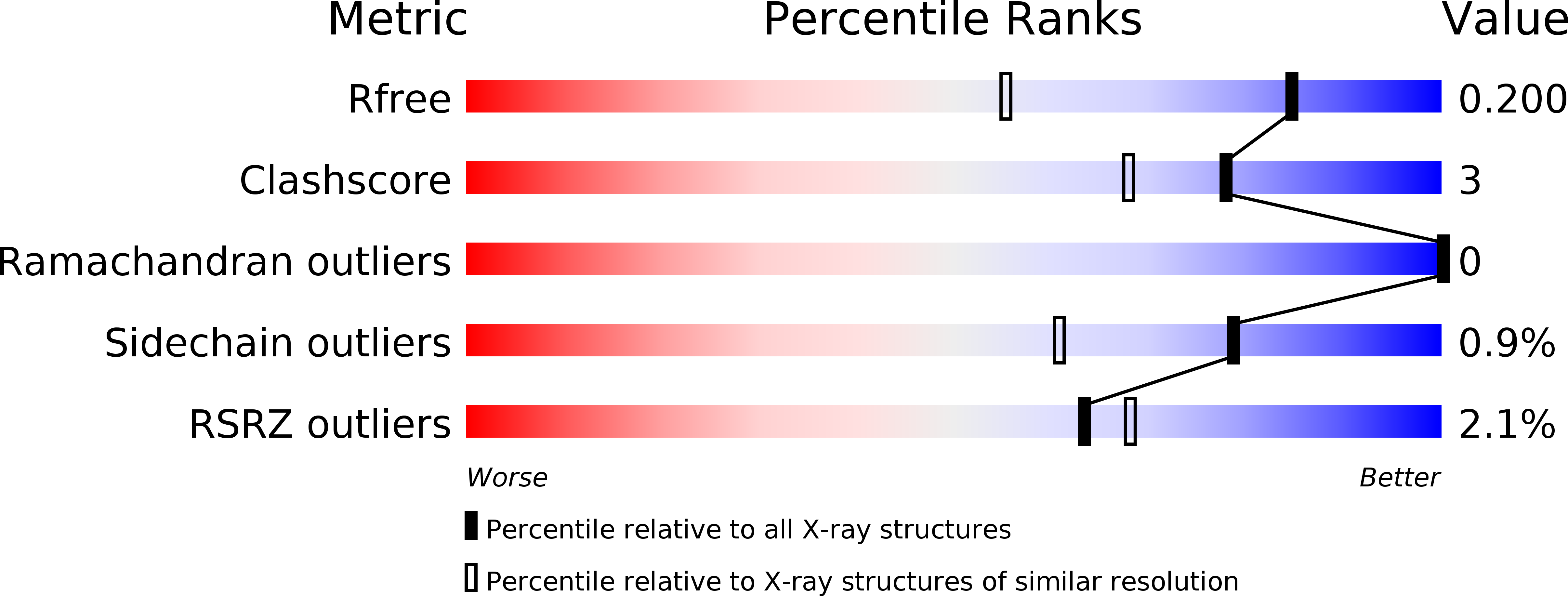
Deposition Date
2007-04-28
Release Date
2008-04-01
Last Version Date
2024-02-21
Entry Detail
Biological Source:
Source Organism:
Alcaligenes faecalis (Taxon ID: 511)
Host Organism:
Method Details:
Experimental Method:
Resolution:
1.50 Å
R-Value Free:
0.20
R-Value Work:
0.16
R-Value Observed:
0.16
Space Group:
P 21 21 21


